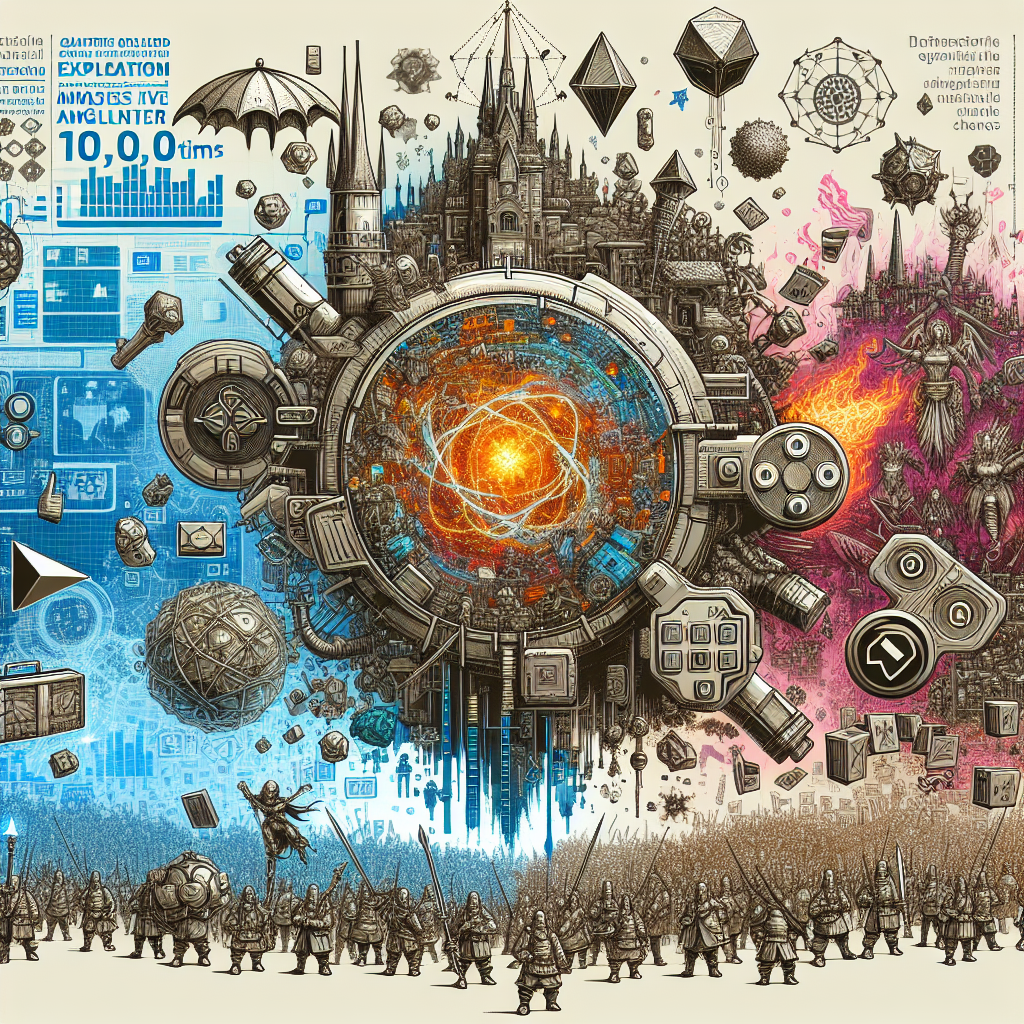The gaming community is brimming with anticipation for the upcoming release of Streets of Rogue 2, a sequel to the acclaimed 2019 immersive sim. The excitement has been building since the game’s announcement last October, and fans have been on the lookout for every snippet of information. Adding to the fervor, developer Matt Dabrowski has initiated a series of devlogs, offering a peek into the game’s development, features, and inspirations. This move has only stoked the flames of curiosity and eagerness among gamers eager to dive into the chaotic world that Streets of Rogue 2 promises to deliver.
Game Features and Open World
Streets of Rogue 2 is set to expand upon its predecessor with a plethora of new features that promise to create a more dynamic and engaging experience. The sequel introduces a vast and seamless open world, which is a significant leap from the original game. This world is not only expansive but also procedurally generated, ensuring that each player’s adventure will be unique. The addition of Stardew-style building and farming mechanics further enhances the depth and variety of gameplay, allowing players to cultivate their own slice of the game’s universe.
Players can expect to traverse a diverse array of environments within this open world. The procedurally generated map will feature:
- Big cities bustling with activity
- Quaint small towns with their own local flavor
- Expansive forests teeming with secrets
- Tranquil lakes offering a respite from chaos
- Vast oceans and remote islands to explore
- An intricate road system connecting the world
Each of these environments is meticulously crafted to provide a rich and immersive experience, ensuring that the world of Streets of Rogue 2 feels alive and reactive to the player’s presence and actions.
World Interaction and Consequences
In Streets of Rogue 2, the world is not just a backdrop for the action; it’s a living, breathing entity that reacts to the player’s decisions. The game’s economy and environment dynamically respond to the actions taken, leading to tangible consequences that can alter the course of gameplay. This systemic approach ensures that every choice made has weight, from the macro effects on the game’s power structures to the micro impacts on local economies.
| Action | Consequence |
| Empower mobsters | Increased mob presence and activities |
| Destroy a food factory | Rise in food prices |
| Damage infrastructure | Persistent environmental changes |
These long-term consequences are a testament to the game’s depth, where the broken walls stay broken, and the world evolves based on the player’s narrative. This level of interactivity and permanence is a bold step in immersive sim design, offering a complex and ever-changing landscape for players to navigate.
Influences on Streets of Rogue 2
The design and development of Streets of Rogue 2 are heavily influenced by a number of seminal titles in the gaming industry. The game draws inspiration from the intricate systems of Deus Ex and the complex, living world of Dwarf Fortress. Additionally, the influence of Bethesda games is evident in the game’s open world, where NPCs have their own schedules and behaviors that continue independently until they intersect with the player’s actions.
Matt Dabrowski’s approach to Streets of Rogue 2 emphasizes a systemic world where the weirdness and unpredictability of emergent gameplay are not just present but celebrated. This philosophy aligns with the views of many players who prefer systemic chaos and player-driven narratives over tightly scripted stories. The game is poised to be a playground for creativity, strategy, and consequence, allowing players to craft their own unique tales within its digital confines.

